The Joye research group examines the biogeochemical cycling of nutrients (nitrogen and phosphorus), dissolved gases (dinitrogen, nitrous oxide, oxygen, methane, carbon dioxide, and hydrogen), trace metals (iron and manganese), carbon, and sulfur in a variety of systems, ranging from saline lakes to temperate and tropical coastal environments to deep ocean sediments and brines to Antarctic lakes and Arctic seas. Most of our projects include parallel studies of individual or interrelated processes and molecular ecological dynamics with the aim of identifying fundamental feedbacks between environmental variables, microbial community composition, and microbial activity.
Areas of focus include coastal ecology and the study of microbial metabolism in and adaptation to “extreme” environments. Our study areas cover deep sea extreme environments, including hydrothermal vents, colds seeps, gas hydrates, and seafloor brines; natural and accidental hydrocarbon discharges; coastal biogeochemistry, including salt marshes, mangroves, and groundwater; climate change in temperate coastal and arctic ecosystems; and surface extreme environments, including polar and temperate salt lakes. Detailed information on these study areas are provided in the links to the left.
Group members conduct interdisciplinary work and master the tools and techniques required for geochemical analyses and environmental characterization, microbial rate assessment (using cell-specific methods as well as radio- and stable isotope tracer techniques), and omics techniques. Connecting structure and function of microbial communities - and nesting microbial studies within a broad environmental characterization - is critical for elucidating the regulatory factors that modulate biogeochemical cycles.

